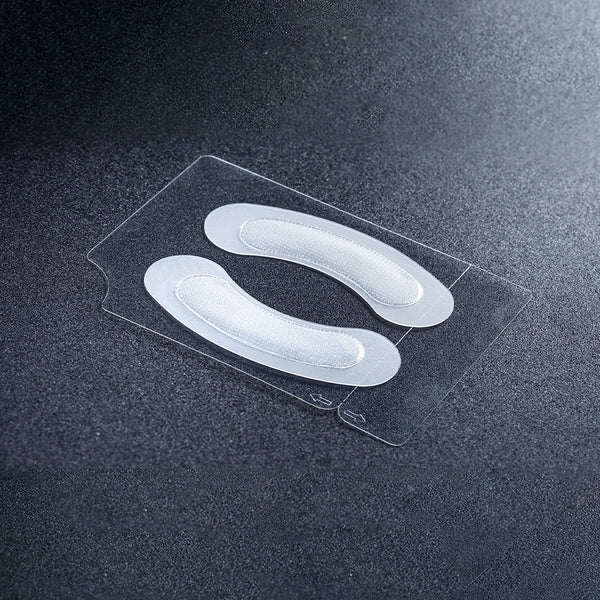The Role of Microneedles in Revolutionizing Medical Services
Maybe little things are changing the world microneedle production factory.
In recent years, microneedles have emerged as a groundbreaking technology in the field of medical services. These tiny needles, often less than a millimeter in length, are designed to deliver drugs and vaccines through the skin with minimal pain and discomfort. The microneedle production factory plays a crucial role in manufacturing these innovative devices, ensuring they meet stringent quality standards and are safe for use in various medical applications.
Understanding the Microneedle Production Factory
The microneedle production factory is a highly specialized facility where microneedles are designed, developed, and manufactured. These factories employ advanced technologies and stringent quality control measures to produce microneedles that are both effective and safe. But what exactly happens inside a microneedle production factory?
“The microneedle production process involves several stages, including design, prototyping, testing, and mass production. Each stage is critical to ensuring the final product meets the required standards.”
Design and Prototyping
The first step in the production of microneedles is the design phase. Engineers and scientists work together to create a design that meets the specific requirements of the intended application. This involves selecting the appropriate materials, determining the optimal needle length and shape, and ensuring the design can be manufactured efficiently.
Once the design is finalized, a prototype is created. This prototype undergoes rigorous testing to ensure it performs as expected. If any issues are identified, the design is refined, and a new prototype is produced. This iterative process continues until the design is perfected.
Testing and Quality Control
After the prototype phase, the microneedles undergo extensive testing to ensure they are safe and effective. This includes both in vitro and in vivo testing to evaluate the performance of the microneedles in real-world conditions. Quality control is a critical aspect of the production process, with each batch of microneedles undergoing thorough inspection to ensure they meet the required standards.
Mass Production
Once the microneedles have passed all testing and quality control checks, they move into the mass production phase. This involves scaling up the manufacturing process to produce large quantities of microneedles. The microneedle production factory uses advanced manufacturing techniques to ensure consistency and quality in every batch.
Impact on Healthcare
The production of microneedles has a significant impact on healthcare. These tiny devices offer numerous advantages over traditional needles, including reduced pain, lower risk of infection, and improved patient compliance. Additionally, microneedles can be used to deliver a wide range of drugs and vaccines, making them a versatile tool in the fight against various diseases.
For example, the Microneedle Patch for Vaccine Delivery is a product that has shown great promise in clinical trials. This patch uses microneedles to deliver vaccines through the skin, offering a painless and efficient alternative to traditional injections.
Conclusion
The microneedle production factory is at the forefront of medical innovation, producing devices that have the potential to revolutionize healthcare. By understanding the intricate processes involved in the production of microneedles, we can appreciate the dedication and expertise required to bring these groundbreaking devices to market.
As technology continues to advance, the role of microneedles in medical services is likely to expand, offering new and improved ways to deliver treatments and improve patient outcomes.
References
Related Video
Your browser does not support the video tag.
